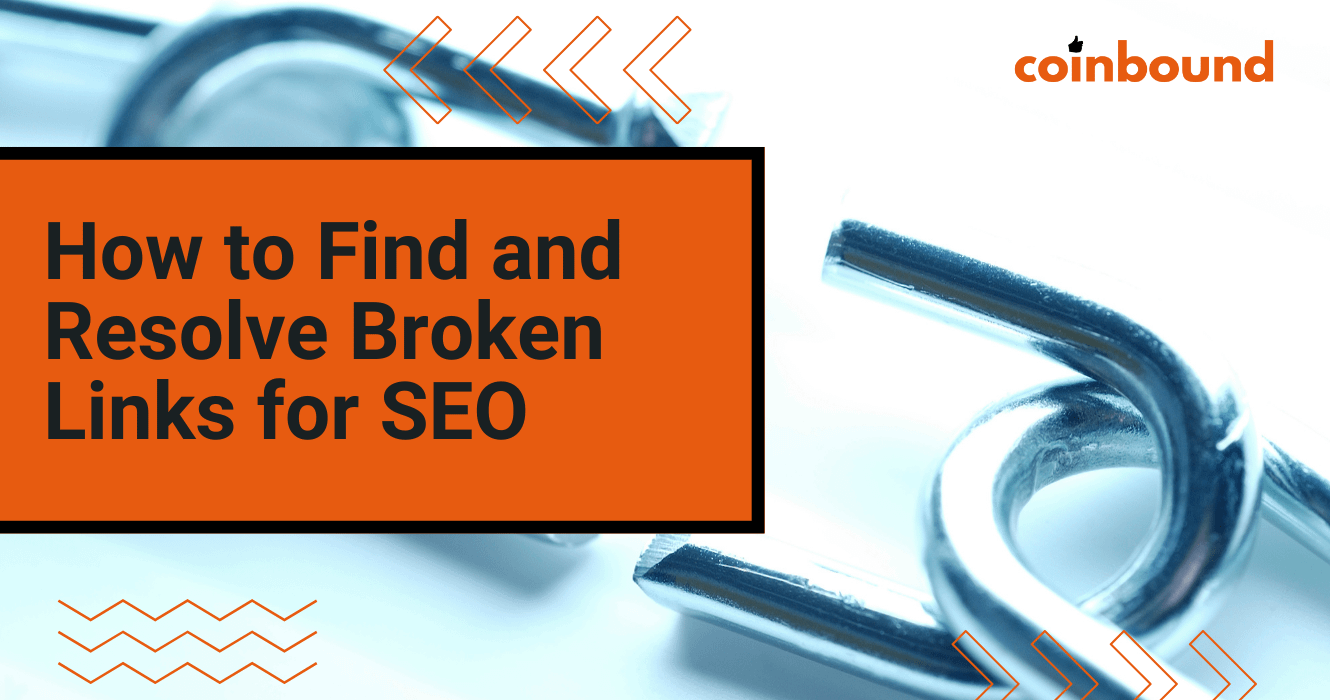Maintaining good website health is an important part of any SEO strategy. One of the ways to ensure a healthy website is to check for and fix any broken internal links. Broken internal links can cause a number of issues, such as reducing the effectiveness of your SEO efforts, making it difficult for search engines to crawl and index your website, and reducing user experience.
Why are broken links harmful for SEO?
Broken links are harmful for SEO for several reasons:
Negative User Experience: When users encounter broken links on a website, it creates a frustrating experience. They may leave the site, which increases the bounce rate and reduces the time spent on your site. This signals to search engines that your content may not be valuable or reliable.
Loss of Trust: Broken links can erode trust in your website’s credibility and authority. Visitors may perceive your site as outdated or poorly maintained, undermining your reputation as a reliable source of information.
Reduced Indexing: Search engine crawlers follow links to discover and index new content. When they encounter broken links, they can’t access the linked content, leading to incomplete indexing. This may result in your content not ranking as well or not being included in search results.
Impact on SEO Rankings: SEO rankings are influenced by various factors, including user engagement and the quality of your website. Broken links contribute to a poor user experience and can indirectly impact your SEO rankings negatively.
Lost Link Juice: In cases where broken links point to other pages on your site or to external websites, you lose the potential SEO benefit, known as “link juice.” This link equity can contribute to your site’s authority and ranking power. When links are broken, this valuable resource is wasted.
Increased Crawl Errors: Continuously encountering broken links can overload search engine crawlers and affect their ability to efficiently crawl and index your site. This may lead to slower indexing and potential SEO issues.
In summary, broken links can harm SEO by diminishing user experience, eroding trust, hindering indexing, negatively impacting rankings, wasting link equity, and causing crawl errors. Regularly monitoring and fixing broken links on your website is essential for maintaining a healthy SEO profile.
Diagnosing broken links
To diagnose and fix broken internal links, you’ll need a tool that can identify the links and provide you with detailed information about them. Fortunately, there are a number of tools available to help you with this task.
Some of our favorites:
Dealing with broken links
Once you’ve identified the broken links, you’ll need to decide what action to take. Depending on the type of link, your options could include fixing the link, redirecting the link, or removing the link.
For example, if you find that a link is broken because the page it’s pointing to no longer exists, you’ll need to decide if the page should be redirected to another page on your website, or if the link should simply be removed.
Fixing a broken link:
One of the most obvious ways of dealing with a broken link is to fix it.
Analyze why the link broke in the first place:
- Did the link URL change?
- Was the page deleted?
Understanding why the link is broken will help you decide what to do about it.
To redirect a broken link:
If you decide to redirect the link, you’ll need to create a 301 redirect from the broken link to the new page. This will ensure that any visitors who click the link are taken to the correct page and that any link equity is passed from the old page to the new page.
To remove a broken link:
If you decide to remove the link, you’ll need to update any HTML and JavaScript code that contains the link. This will ensure that the link is no longer displayed or used by search engines or visitors.
Once you’ve taken the necessary steps to fix the broken links, you’ll need to monitor them to make sure they stay working. You can do this by periodically running a broken link scanner to check for any new broken links.
By regularly scanning for and fixing broken internal links, you can help ensure that your website remains healthy and that visitors have a positive experience. Taking the time to do this can help you get the most out of your SEO efforts and help you achieve your website goals.







